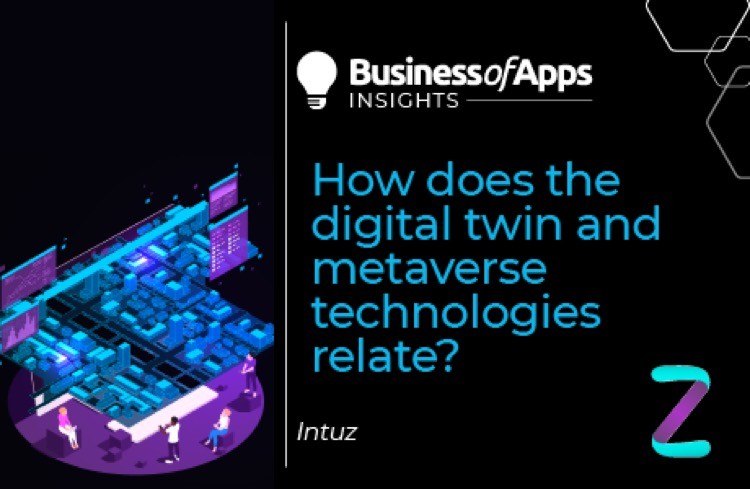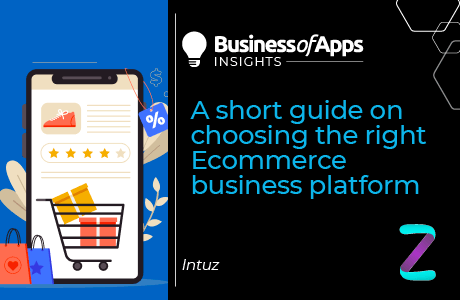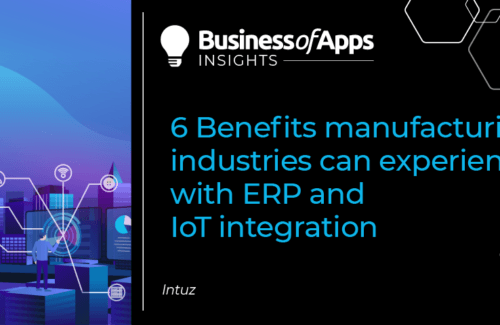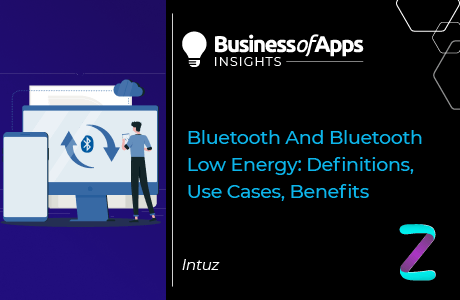The digital twin in IoT (Internet of things) and the metaverse are the next big step in our technological evolution as these two technologies continue to shorten the gap between the human and the digital world.
With the metaverse technology gaining in prominence, especially after several international companies adopted it, we can observe three main areas of application for it:
- Creating avatars
- Helping scan objects with photogrammetry
- Establishing a link between digital twins with live data
Our focus today will be the third and last of these applications as we explore how the digital twin and metaverse technology relate to one another and fit together.
Covering the basics
A digital twin is an exact virtual representation of a physical object in the digital world. In other words, it takes a real-life object and creates an exact copy of the that same object in the digital world. But that is nothing new since this digital recration/representation technology has been around for quite some time now. In the digital twins technology, the difference comes from the fact that the digitally recreated object is also fed real-time data of the real-world object to accurately and precisly imitate its actions and responses. The object is fitted with sensors that collect relevant data and feed it to the processing system, which then relays the same to the digital representation. With this system, we can imitate the actions of a real-world object and predict its actions and responses. The digital twins technology thus allows us to build strategic products while avoiding the possibility of costly mistakes.
The metaverse technology, on the other hand, represents a comprehensive virtual world, where everything and everyone interacts similarly to what we would do in the real world. The concept of metaverse has gained a lot of prominence after several cryptocurrency networks adopted the technology. With the metaverse technology, a virtual reality becomes a persistent virtual environment that exists even when you are not engaging with it. Additionally, the metaverse also has its own digital economy in which users can design, buy, and sell products. It is also interoperable, allowing users to move virtual objects like clothes or cars from one platform to another. In the metaverse, people can have their own virtual identities, avatars, and possessions that will help users create a virtual persona that can be taken everywhere.
How do digital twins work in the metaverse?
There are three main components to be taken into account when discussing the incorporation of digital twins in IoT and the metaverse:
- Product
- Production
- Performance
The product part represents how we can use digital twins to design products in the metaverse, which, in turn, are shaped after real-world objects. Production refers to the use of digital twin technologies to validate the process of manufacturing of the aforementioned products. The third component, performance, relates to the use of data from the real-world counterparts of the digitial objects, which is used to monitor and analyze the perfomance of the digital objects. The performance, in turn, offers actionable insights, allowing us to build more efficient systems.
Digital twins are one of the metaverse’s core building blocks because of their intrinsic qualities. While the metaverse can help us create virtual worlds and experiences beyond our dreams, it will also be useful in constructing exact replicas of reality. With their inherent features and functionalities, digital twins can bring realism to the digital world.
Your playbook for the new app ecosystem [webinar]
The app stores have been cracked open. Savvy teams are already capitalizing by implementing App2Web and Web2App strategies. Join Paddle’s Lucas Lovell to discover smarter billing tactics.
Register nowAreas of application for the digital twin technology in the metaverse
The integration of digital twins and the metaverse can help us recreate the existence of the real world digitally. Provided that we are feeding the components in the metaverse with authentic and real-life data, we can successfully run what-if scenarios. Based on this understanding, let’s explore how digital twins and metaverse can be merged together and used in different industries.
Manufacturing
In the manufacturing industries, we can use the two technologies to create virtual copies of entire workshops and plants to easily identify flaws and visualize the production process. With this capability, manufacturing industries can design, manufacture, process, and maintain the production process more efficiently.
Automotive
Just as digital twins and metaverse integration can help visualize a workplace, it can also help build virtual models before construction of physical vehicles has even begun. Manufacturers can feed real-time data to the vehicles created in the virtual world, which will allow them to identify and judge the overall performance and features of the vehicle.
More importantly, we can understand how a vehicle behaves under different conditions. Producers can also hold automotive expos and open virtual showrooms in the virtual space.
Retail and eCommerce
Digital twins in the metaverse can also allow people to shop in the virtual space where data is updated in real time via the digital twin technology. Customers shop from the comfort of their own homes via the virtual space and then get their purchases delivered, combining the convenience of shopping from home and being able to try and test the products consumers are interested in buying.
Smart Architecture
Developing construction projects, mapping out a city’s area, and managing resources optimally are just a few of the multiple uses of digital twins in the metaverse. Digital twins can help build cities and structures inside the metaverse to help visualize how a city’s area can be used effectively. The long-term benefits of this application include predicting and managing carbon footprints and coming up with innovative ways to improve the quality of life of a city’s residents.
Industrial IoT
In industrial IoT establishments, digital twins in the metaverse can be used to help monitor, track, and control the systems before they are put into place permanently. As the machine supplies real-time data, the output can be used to verify the operational output and indentify potential flaws in the system.
Conclusion
Integrating digital twins and the metaverse technology has huge potential for optimising many industries by allowing for better prediction, monitoring, tracking, allocation, resource management, optimization, and quality control. Additionally, implementing technologies like VR (virtual reality), AR (augmented reality), machine learning, and blockchain can deliver even more precise and accurate predictions. With more companies adopting both technologies, we are looking towards a more connected future and a unified virtual and human world.











